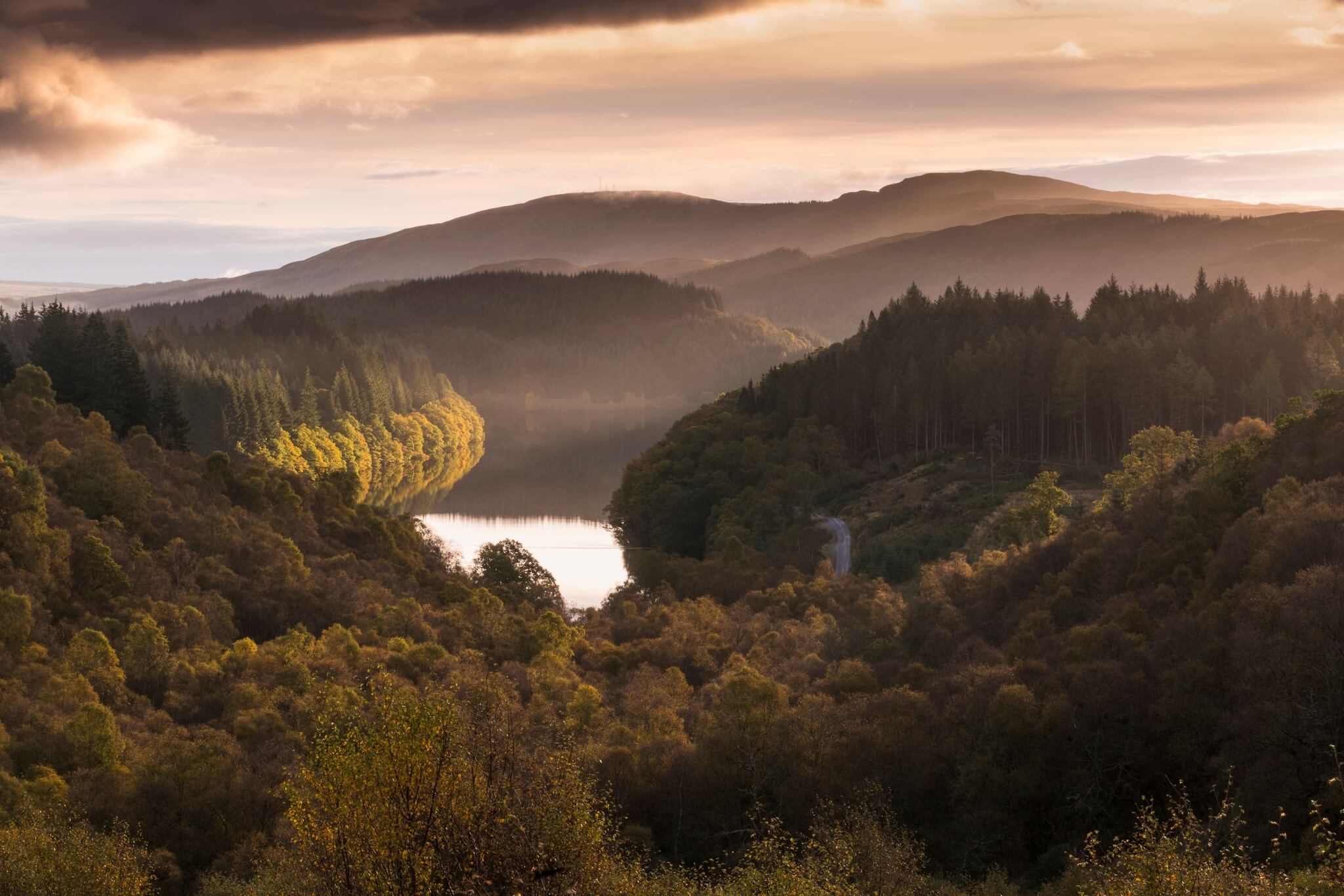
A family outside the V&A Dundee
© VisitScotland / Luigi Di Pasquale
- Home
- Things to do
- Attractions
Tourist Attractions in Scotland
Scotland has an incredible variety of places to visit. From historic castles to whisky distilleries, wildlife farms to museums and galleries. Plan a day out or longer break with these great visitor attractions in Scotland. Experience Scotland's stories, including our rich history, scientific discoveries and cultural landmarks.
Find experiences
JavaScript needs to be enabled to see this product search form. You can turn this on in your browser settings.
Attractions to visit
Plan an unforgettable family trip to Scotland by visting a wide range of attractions, from windswept castles to world-class museums.
Sorry, something's gone wrong. We can't display this content at the moment.
JavaScript needs to be enabled to watch this video. You can turn this on in your browser settings.
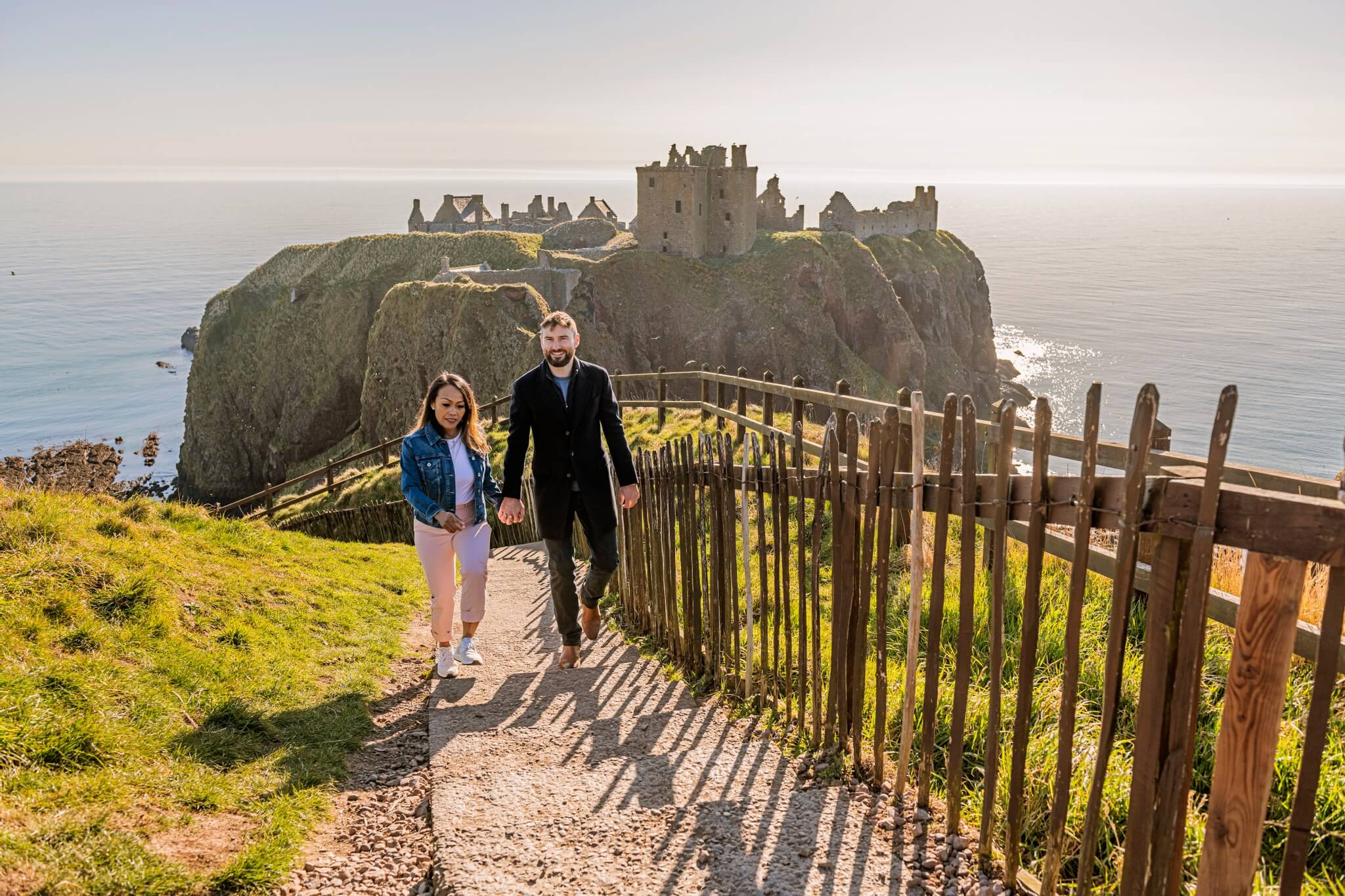
Sorry, something's gone wrong. We can't display this content at the moment.
JavaScript needs to be enabled to watch this video. You can turn this on in your browser settings.
Castles to Visit in Scotland
From magnificent city landmarks to mysterious ruins, Scotland is bursting with fascinating castles to visit.
Sorry, something's gone wrong. We can't display this content at the moment.
JavaScript needs to be enabled to watch this video. You can turn this on in your browser settings.
Sorry, something's gone wrong. We can't display this content at the moment.
JavaScript needs to be enabled to watch this video. You can turn this on in your browser settings.
Historic Attractions in Scotland
Find out more about historic attractions, landmarks and places to visit in Scotland.
Sorry, something's gone wrong. We can't display this content at the moment.
JavaScript needs to be enabled to watch this video. You can turn this on in your browser settings.
Sorry, something's gone wrong. We can't display this content at the moment.
JavaScript needs to be enabled to watch this video. You can turn this on in your browser settings.
Scottish Architecture
Discover the diversity of Scottish architecture and uncover the architects who have created iconic masterpieces.
Sorry, something's gone wrong. We can't display this content at the moment.
JavaScript needs to be enabled to watch this video. You can turn this on in your browser settings.
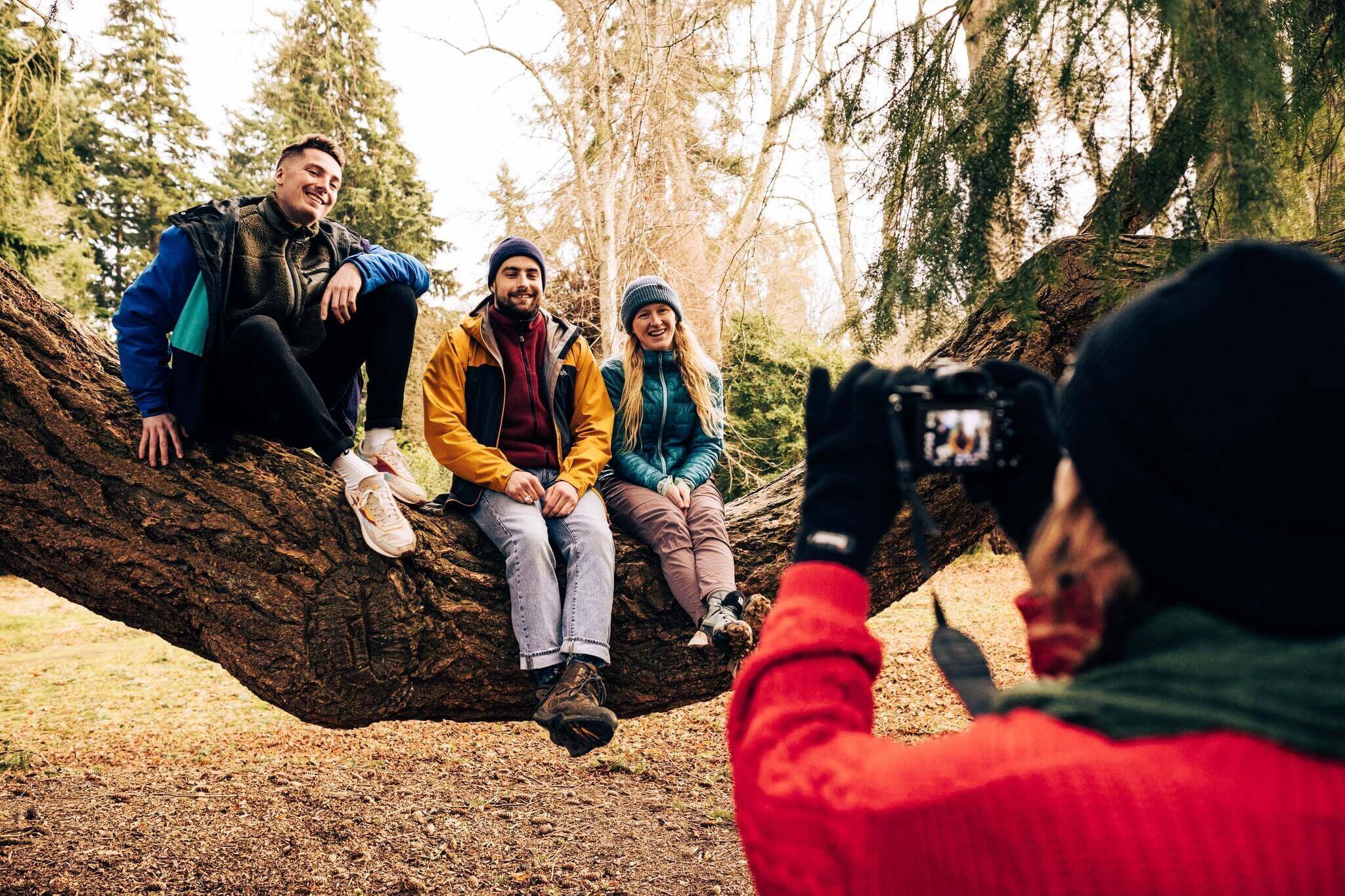
Sorry, something's gone wrong. We can't display this content at the moment.
JavaScript needs to be enabled to watch this video. You can turn this on in your browser settings.
Scotland's Gardens and Parks
Visit our colourful gardens and parks across Scotland.
Sorry, something's gone wrong. We can't display this content at the moment.
JavaScript needs to be enabled to watch this video. You can turn this on in your browser settings.

Sorry, something's gone wrong. We can't display this content at the moment.
JavaScript needs to be enabled to watch this video. You can turn this on in your browser settings.
Free Attractions
Holiday fun doesn’t have to cost a penny. Check out these free attractions.
Latest exhibitions
Take a look at some of the current and upcoming exhibitions across the country.
Sorry, something's gone wrong. We can't display this content at the moment.
JavaScript needs to be enabled to watch this video. You can turn this on in your browser settings.
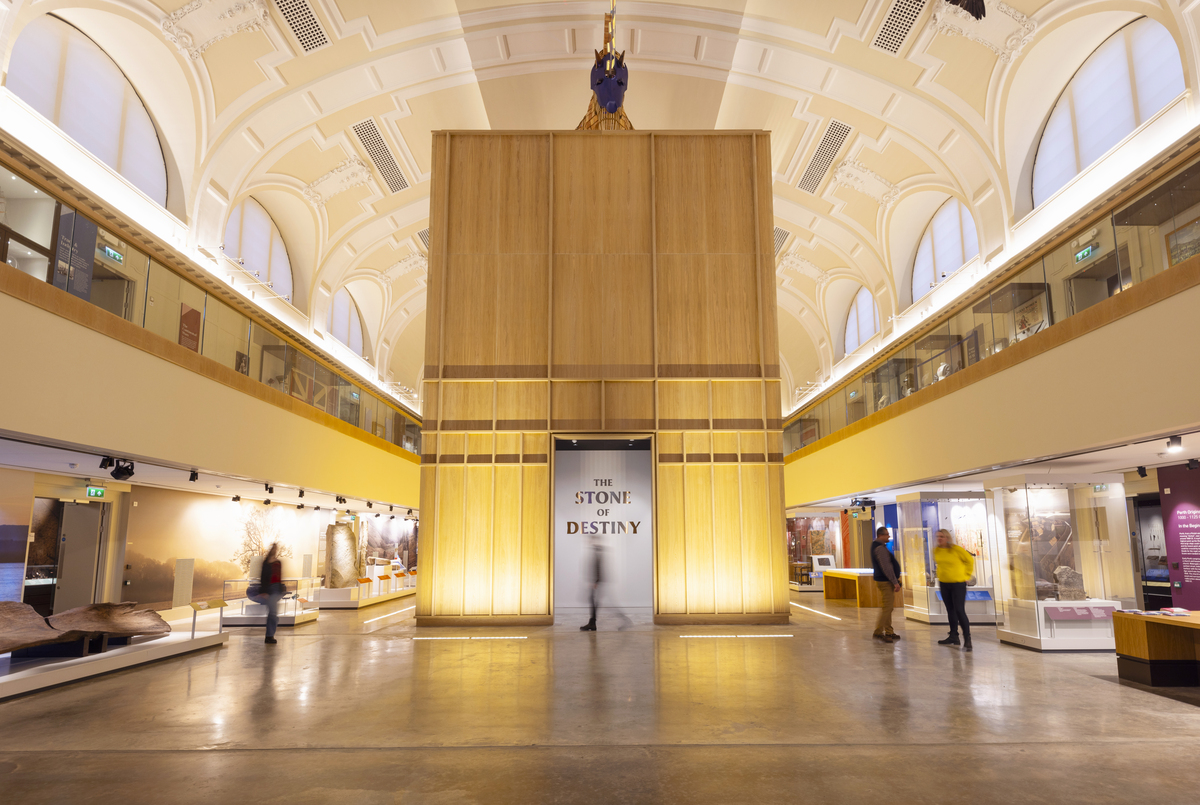
Sorry, something's gone wrong. We can't display this content at the moment.
JavaScript needs to be enabled to watch this video. You can turn this on in your browser settings.
Explore the new Perth Museum
The new Perth Museum opens its doors to the public on Easter Weekend 2024. Visit the new home of the legendary Stone of Destiny.
Sorry, something's gone wrong. We can't display this content at the moment.
JavaScript needs to be enabled to watch this video. You can turn this on in your browser settings.
Sorry, something's gone wrong. We can't display this content at the moment.
JavaScript needs to be enabled to watch this video. You can turn this on in your browser settings.
Wildlife Photographer of the Year
In this world-renowned exhibition, on loan from the Natural History Museum in London, see exceptional images which capture fascinating animals
Sorry, something's gone wrong. We can't display this content at the moment.
JavaScript needs to be enabled to watch this video. You can turn this on in your browser settings.

Sorry, something's gone wrong. We can't display this content at the moment.
JavaScript needs to be enabled to watch this video. You can turn this on in your browser settings.
Nuart Aberdeen 2024
The award-winning and internationally renowned street art festival returns to the Granite City from 6-9 June 2024.
Sorry, something's gone wrong. We can't display this content at the moment.
JavaScript needs to be enabled to watch this video. You can turn this on in your browser settings.
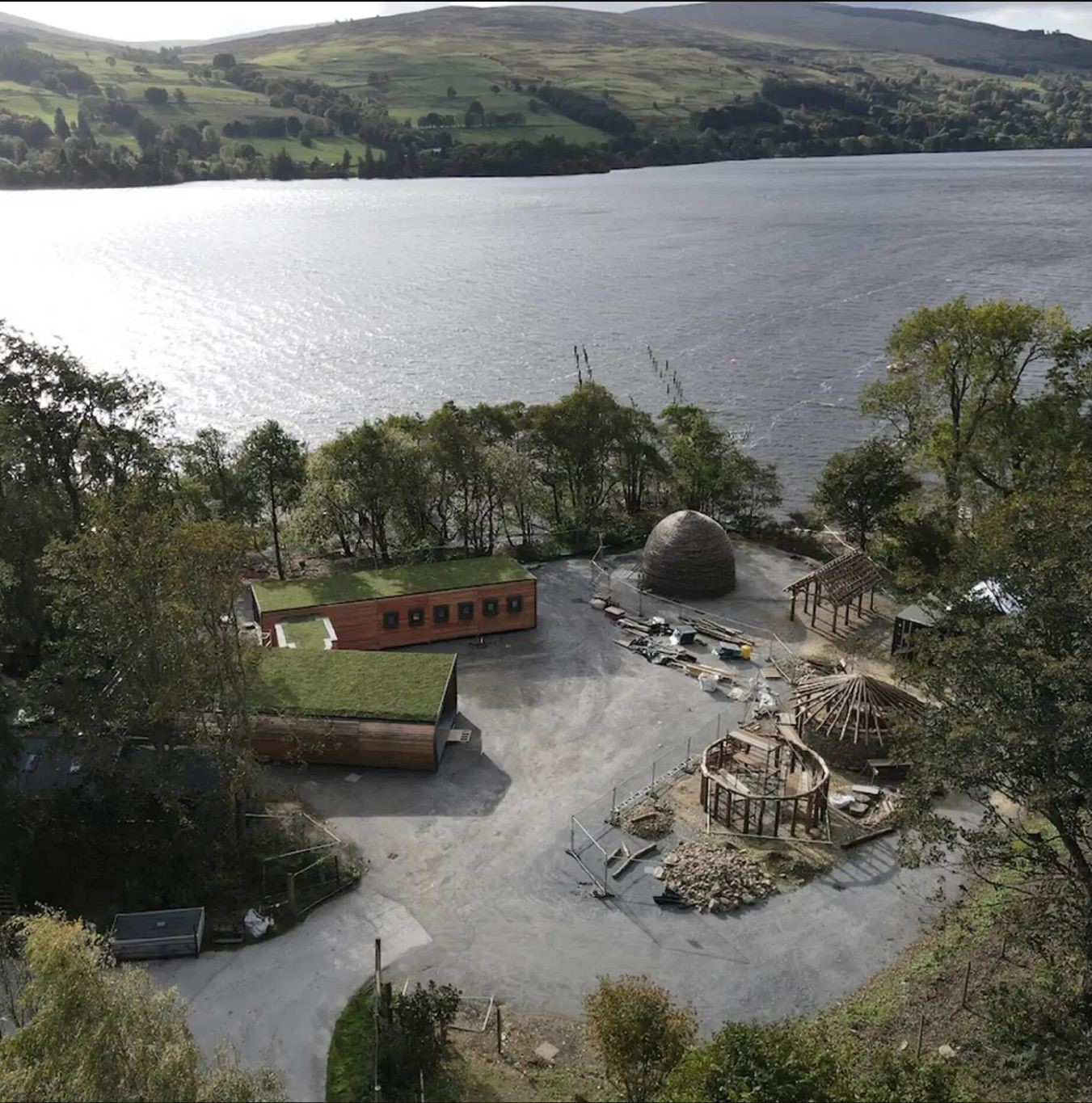
Sorry, something's gone wrong. We can't display this content at the moment.
JavaScript needs to be enabled to watch this video. You can turn this on in your browser settings.
The Scottish Crannog Centre reopening
It's back! The Scottish Crannog Centre re-opened 1 April 2024. Book tickets now for a journey back in time to Scotland's prehistoric past.
Our most popular attractions
When it comes to attractions in Scotland, take your pick from the country's variety of incredible attractions. Soak up a bit of culture, keep the kids entertained, or immerse yourself in Scotland's past.
Sorry, something's gone wrong. We can't display this content at the moment.
JavaScript needs to be enabled to watch this video. You can turn this on in your browser settings.

Sorry, something's gone wrong. We can't display this content at the moment.
JavaScript needs to be enabled to watch this video. You can turn this on in your browser settings.
The Helix
The Helix Park is The Home of the Kelpies - the largest equine sculptures in the world.
Sorry, something's gone wrong. We can't display this content at the moment.
JavaScript needs to be enabled to watch this video. You can turn this on in your browser settings.
Sorry, something's gone wrong. We can't display this content at the moment.
JavaScript needs to be enabled to watch this video. You can turn this on in your browser settings.
Skara Brae
The Neolithic settlement of Skara Brae is one of the best preserved groups of prehistoric houses in Western Europe.
Sorry, something's gone wrong. We can't display this content at the moment.
JavaScript needs to be enabled to watch this video. You can turn this on in your browser settings.
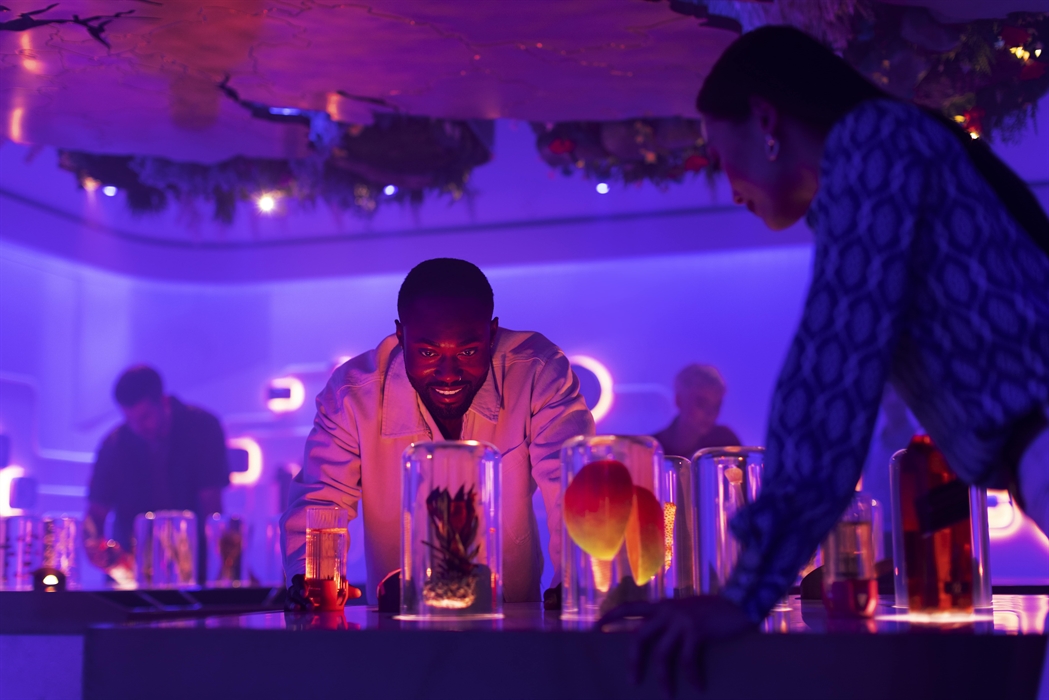
Sorry, something's gone wrong. We can't display this content at the moment.
JavaScript needs to be enabled to watch this video. You can turn this on in your browser settings.
Johnnie Walker Experience
Johnnie Walker Princes Street offers a personalised whisky experience where you can explore the flavours of Scotland in the heart of Edinburgh.
Sorry, something's gone wrong. We can't display this content at the moment.
JavaScript needs to be enabled to watch this video. You can turn this on in your browser settings.
Sorry, something's gone wrong. We can't display this content at the moment.
JavaScript needs to be enabled to watch this video. You can turn this on in your browser settings.
Nevis Range Mountain Gondola
Nevis Range in Fort William is home to the UK’s only Mountain Gondola, transporting visitors to 650m on the mountain of Aonach Mor.
Sorry, something's gone wrong. We can't display this content at the moment.
JavaScript needs to be enabled to watch this video. You can turn this on in your browser settings.
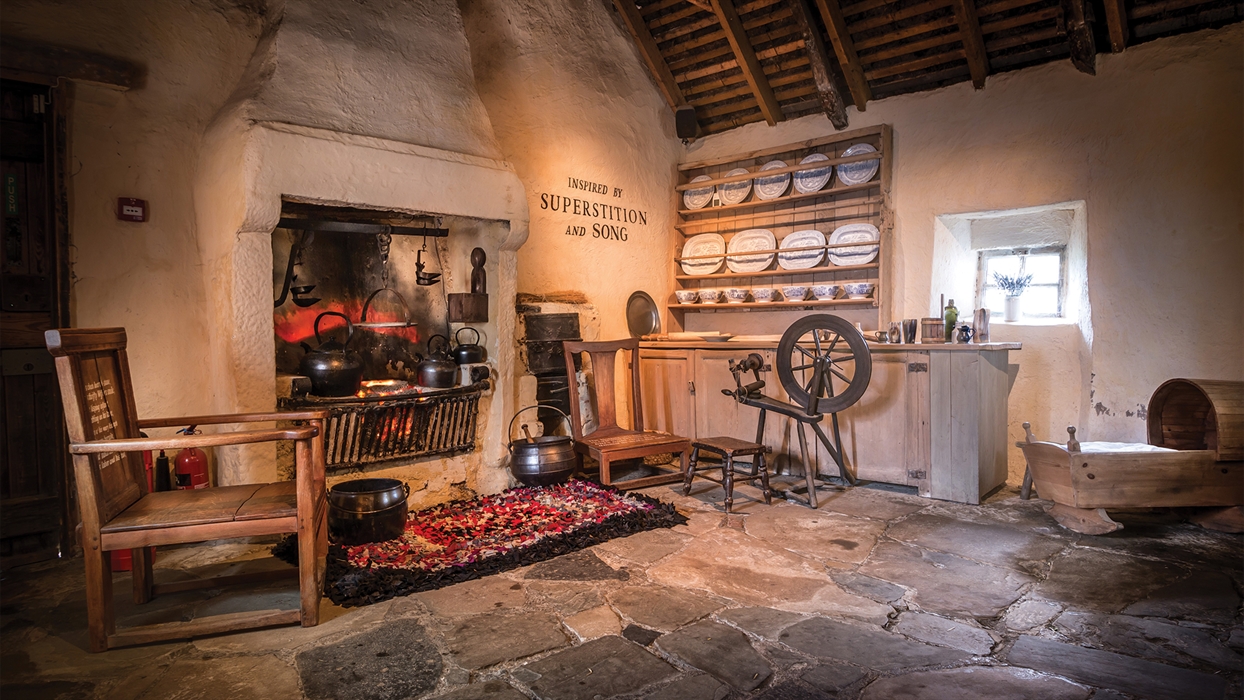
Sorry, something's gone wrong. We can't display this content at the moment.
JavaScript needs to be enabled to watch this video. You can turn this on in your browser settings.
Robert Burns Birthplace Museum
Learn about the life and works of Scotland's National Bard.
Sorry, something's gone wrong. We can't display this content at the moment.
JavaScript needs to be enabled to watch this video. You can turn this on in your browser settings.
Sorry, something's gone wrong. We can't display this content at the moment.
JavaScript needs to be enabled to watch this video. You can turn this on in your browser settings.
Scotland's Secret Bunker
Hidden beneath a Scottish Farmhouse, a tunnel leads to Scotland's Secret Underground Nuclear Command Bunker.
Passes, offers and deals
Make your money go further when you visit Scotland - check out these passes, offers and discounts for attractions, activities, travel, accommodation and more.
Sorry, something's gone wrong. We can't display this content at the moment.
JavaScript needs to be enabled to watch this video. You can turn this on in your browser settings.

Sorry, something's gone wrong. We can't display this content at the moment.
JavaScript needs to be enabled to watch this video. You can turn this on in your browser settings.
Things to do offers
Find current offers on things to see and do experiences listed on the VisitScotland website.
Sorry, something's gone wrong. We can't display this content at the moment.
JavaScript needs to be enabled to watch this video. You can turn this on in your browser settings.
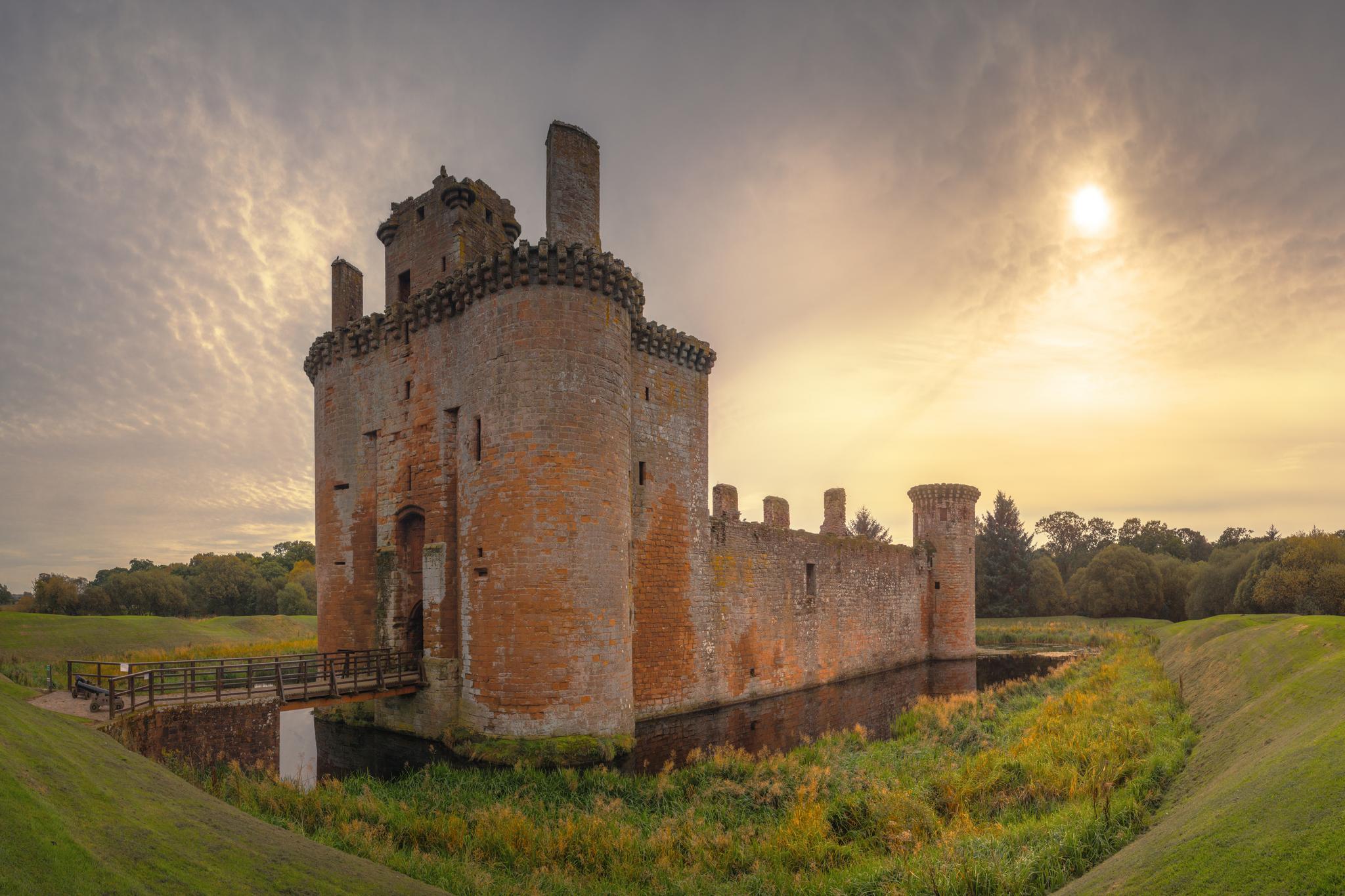
Sorry, something's gone wrong. We can't display this content at the moment.
JavaScript needs to be enabled to watch this video. You can turn this on in your browser settings.
Passes & Offers for Holidays, Attractions & Travel in Scotland
Find great value while in Scotland and take advantage of various offers, passes, discounts and deals.
More inspiration
The Kelpies in Helix Park
© VisitScotland / Kenny Lam
Award-winning attractions
Scotland's attractions are so fantastic that they frequently win awards! The Scottish Thistle Awards sees amazing local businesses win in a variety of categories and themes.
More Attractions
Sorry, something's gone wrong. We can't display this content at the moment.
JavaScript needs to be enabled to watch this video. You can turn this on in your browser settings.

Sorry, something's gone wrong. We can't display this content at the moment.
JavaScript needs to be enabled to watch this video. You can turn this on in your browser settings.
Arts & Culture
Enrich your cultural horizons and learn about all the fantastic galleries, cinemas, museums, and performances throughout Scotland.
Sorry, something's gone wrong. We can't display this content at the moment.
JavaScript needs to be enabled to watch this video. You can turn this on in your browser settings.
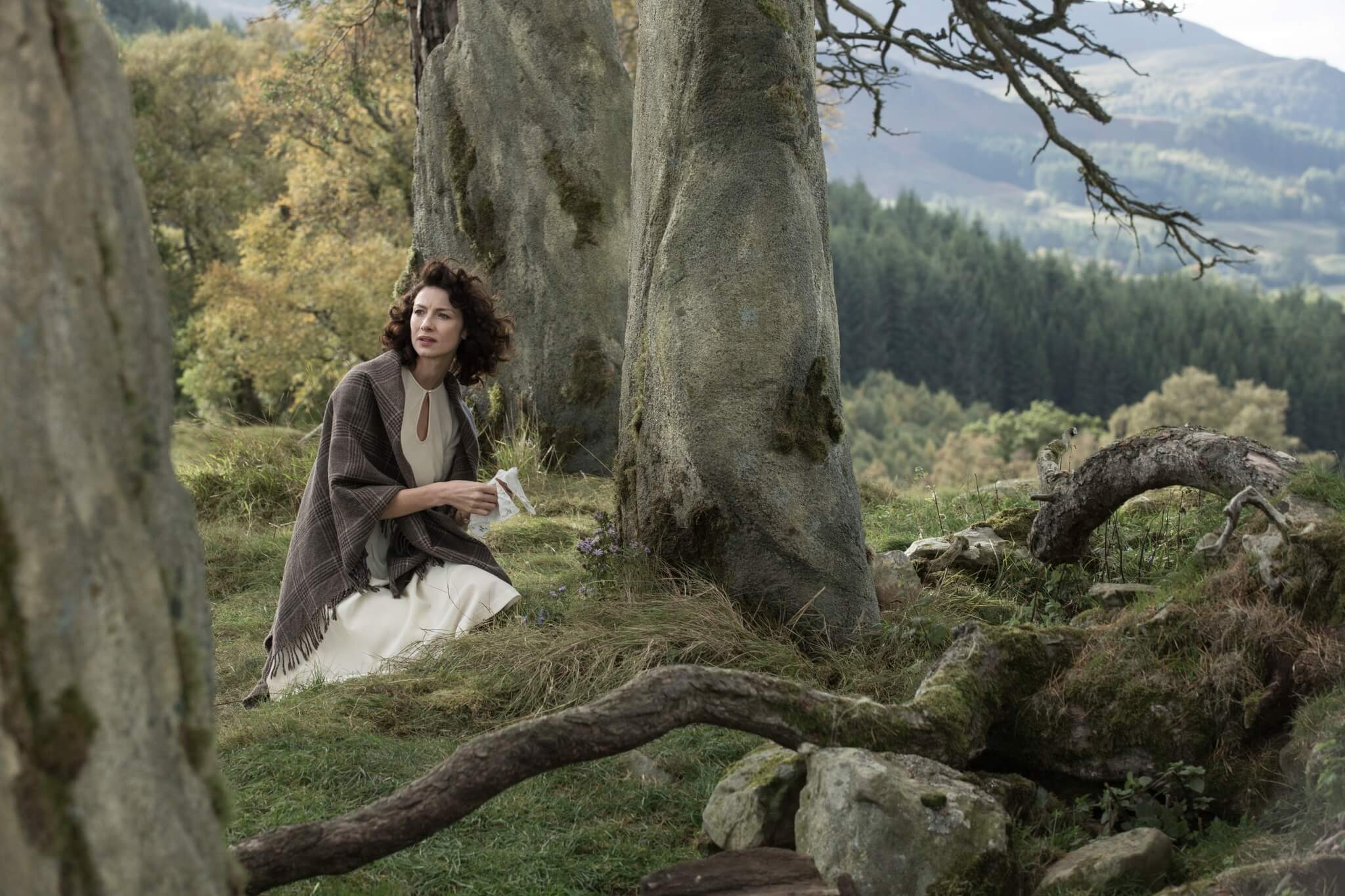
Sorry, something's gone wrong. We can't display this content at the moment.
JavaScript needs to be enabled to watch this video. You can turn this on in your browser settings.
Film & TV locations in Scotland
This country has produced its fair share of top Hollywood names, and there have been a surprising number of movies filmed in Scotland, too.
Sorry, something's gone wrong. We can't display this content at the moment.
JavaScript needs to be enabled to watch this video. You can turn this on in your browser settings.
Sorry, something's gone wrong. We can't display this content at the moment.
JavaScript needs to be enabled to watch this video. You can turn this on in your browser settings.
Rainy Day & Indoor Activities in Scotland
Find top things to do on a rainy day in Scotland.
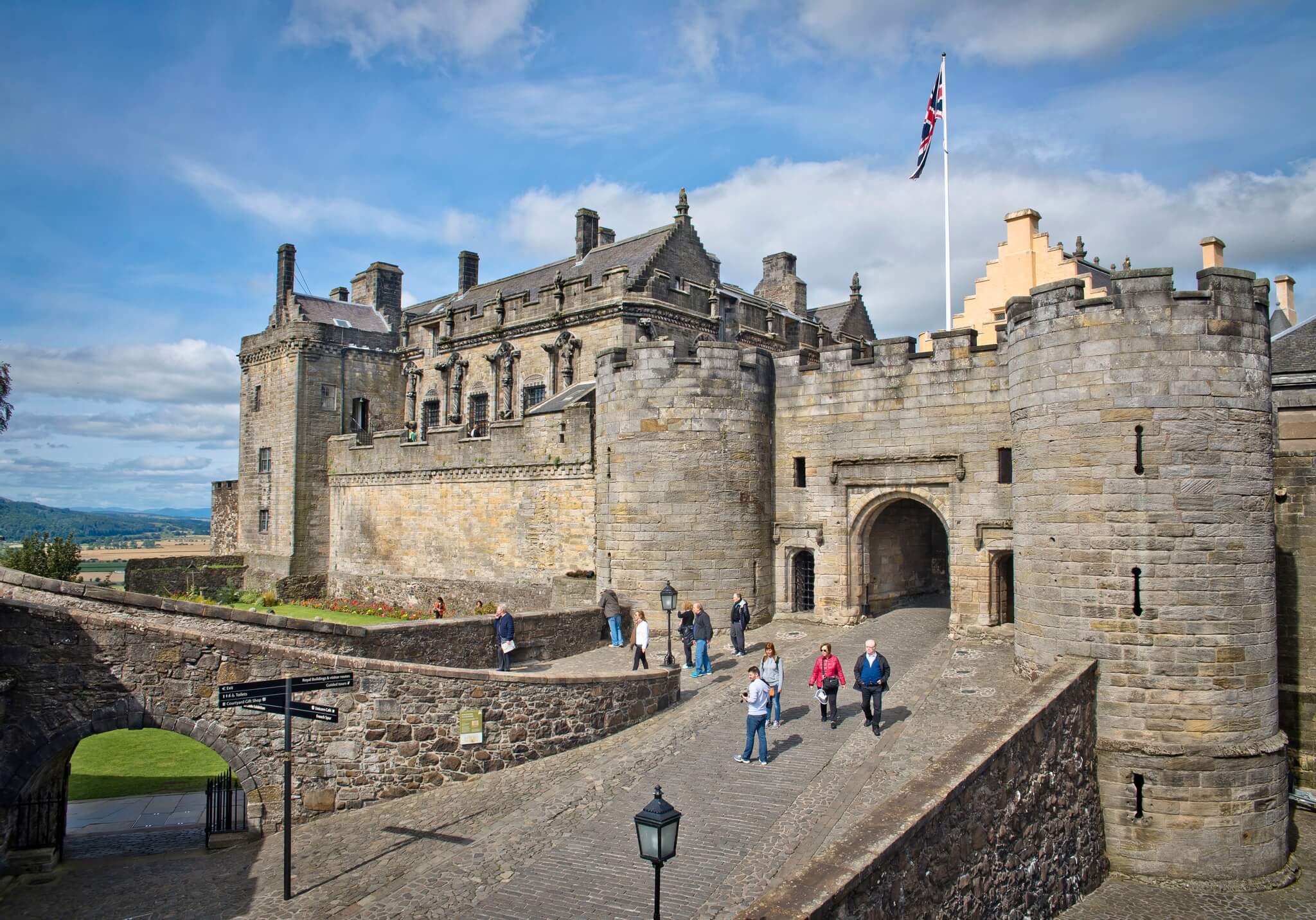
Stirling Castle
Visit attractions using public transport
A day out in Scotland doesn't need to be by car. There are a number of attractions which offer clear information on bus, train, and cycle routes nearby.
Some of these attractions even offer a discount or a freebie to anyone who uses active travel.
Other things you might like
Join our Newsletter Clan
Get Scotland inspiration direct to your inbox. Don't miss the inside track from our Scotland experts on exciting trip ideas, unique attractions and hidden gems loved by locals.

